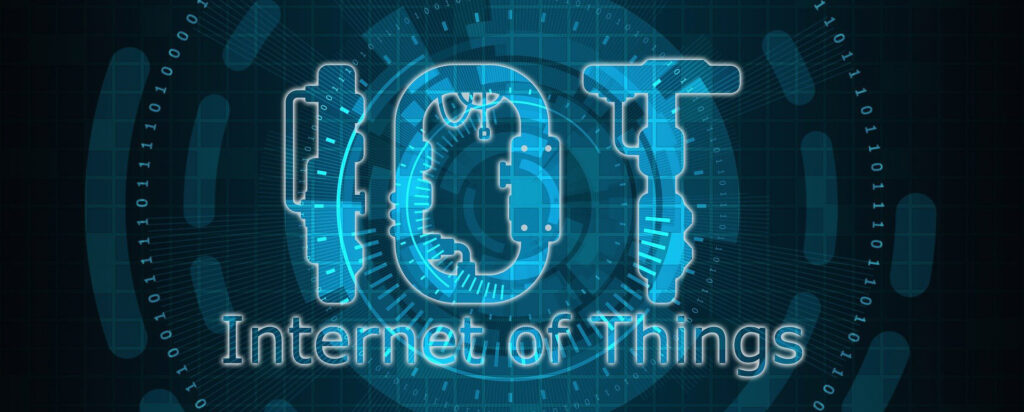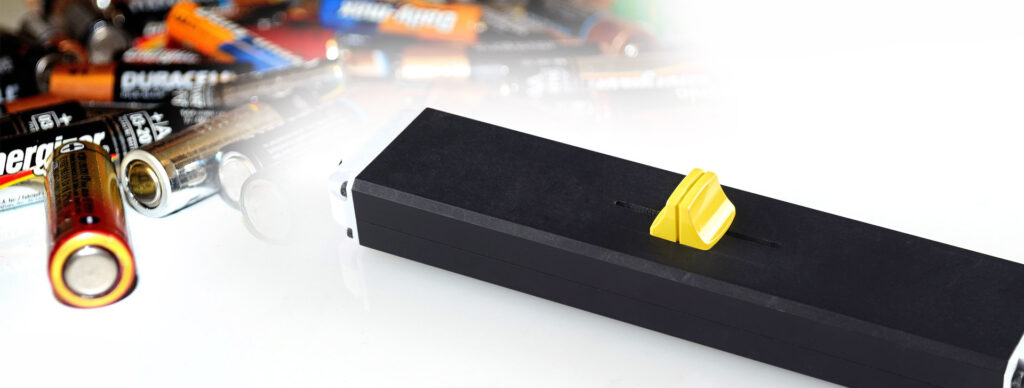Transmission Distance of IoT Devices

Many IoT devices currently on the market are fitted with wireless communication modules, such as Bluetooth modules, that are capable of transmitting signals several dozen meters at most. In recent years, demand has increased for IoT devices capable of transmitting signals several hundred meters, or even several kilometers.
As IoT utilization increases, the areas they are required to cover is becoming ever more significant. In such cases, it is desirable to increase the distance between the child unit (the sensor) and the parent unit (the IoT gateway) to decrease the required number of IoT gateways, which require power supplies. In addition, devices capable of long-distance communication use radio waves with robust signals (high RSSI). These signals can transmit past objects such as concrete walls, which significantly interfere with Bluetooth signals.

For these reasons, we are developing power generation devices (EME-harvesters) capable of powering long-distance wireless transmission modules (such as LPWA) for IoT applications to make positive contributions in fields such as industry, medicine, social welfare, transportation, logistics, life, entertainment, and other critical social infrastructures.
Transmission gateways require power (for example, AC 100V connections) in order to transmit acquired data to the server. Therefore, installation of gateways requires power supply construction. Reducing the number of gateways not only reduces purchase costs but has significant impacts on costs related to construction of power supplies, energy consumption during operation, and long-term maintenance costs.
In addition, strong transmission signals can pass through obstacles and increase transmission reliability to the gateway. This reduces concerns about false detections and reduction of real-time accuracy, so that high communications accuracy can be expected.
Transmission distance is an important factor in the effective application of IoT. The high efficiency and power generation capabilities of Orbray’s power generation devices make long-distance transmission possible. Through these technologies, we hope to make positive contributions to fields such as industry, medicine, social welfare, transportation, logistics, entertainment, and critical social infrastructure.
Orbray has used its proprietary technology to develop energy harvesting devices with simple mechanisms that can achieve high power generation. We have a full line-up of demonstration devices that can output tens to hundreds of milliwatts.
We offer power generation devices and customized solutions to meet individual needs. Please contact us to learn more and find the perfect device to meet your needs.
At Orbray, we are developing and manufacturing high-output power generation devices to create solutions for power supply issues in the IoT market, such as our self powered vehicle detection systems.
Vibration-Powered Sensors and Wireless Transmitters
-
Types and benefits of vehicle detection sensors for parking lot management

-
100 times faster than 5G! What is possible with 6G?

-
Generating electricity from mechanical vibrations - How it works and what it is used for

-
IoT and Wireless Sensors: The inner workings of vibration-powered devices and how they contribute to the growing IoT field

-
Securing power for IoT devices

-
What are smart factories? The benefits of introducing IoT in factories.



